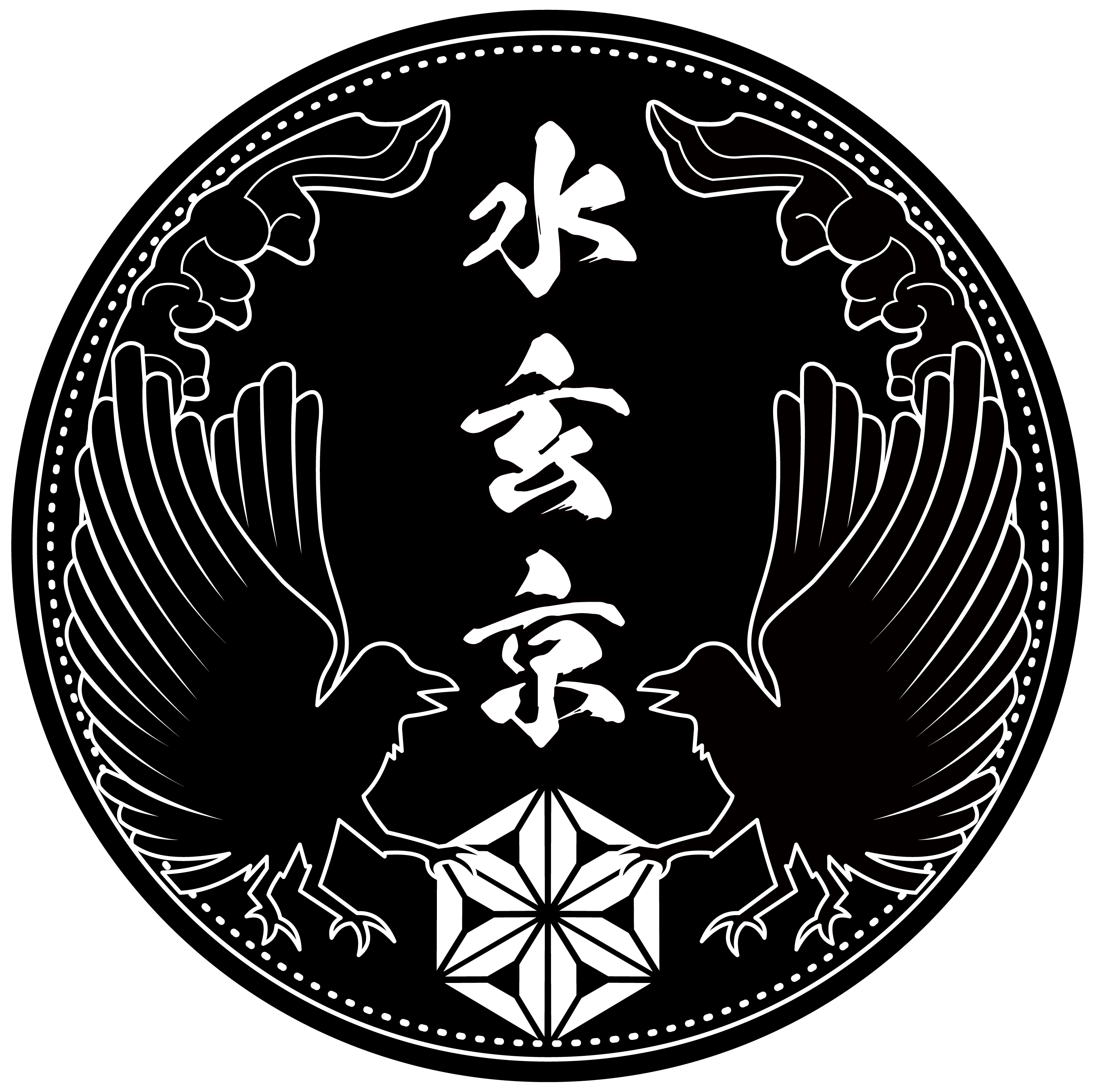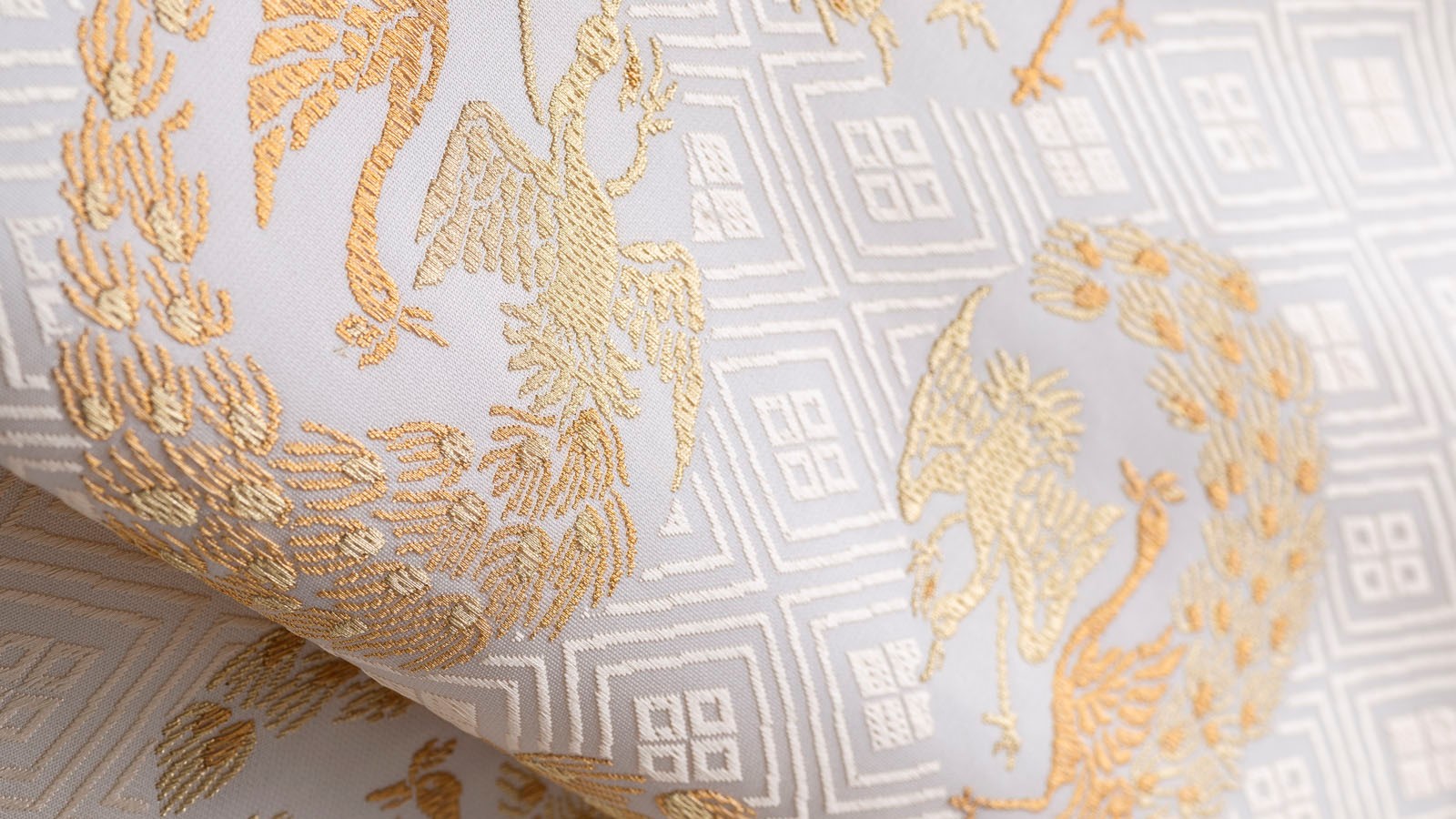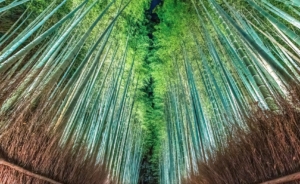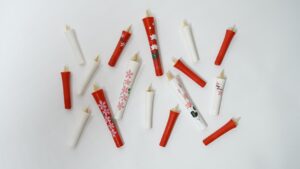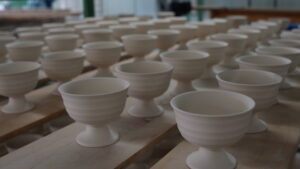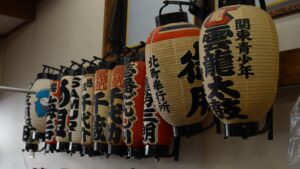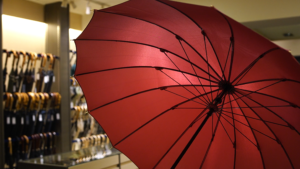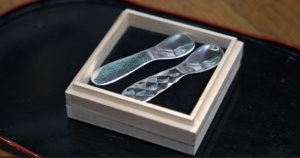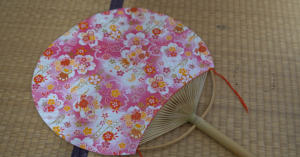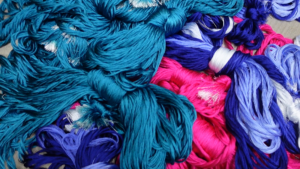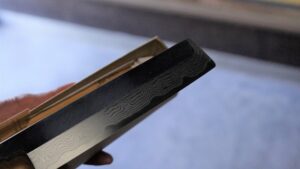Making Process of Nishijin Ori
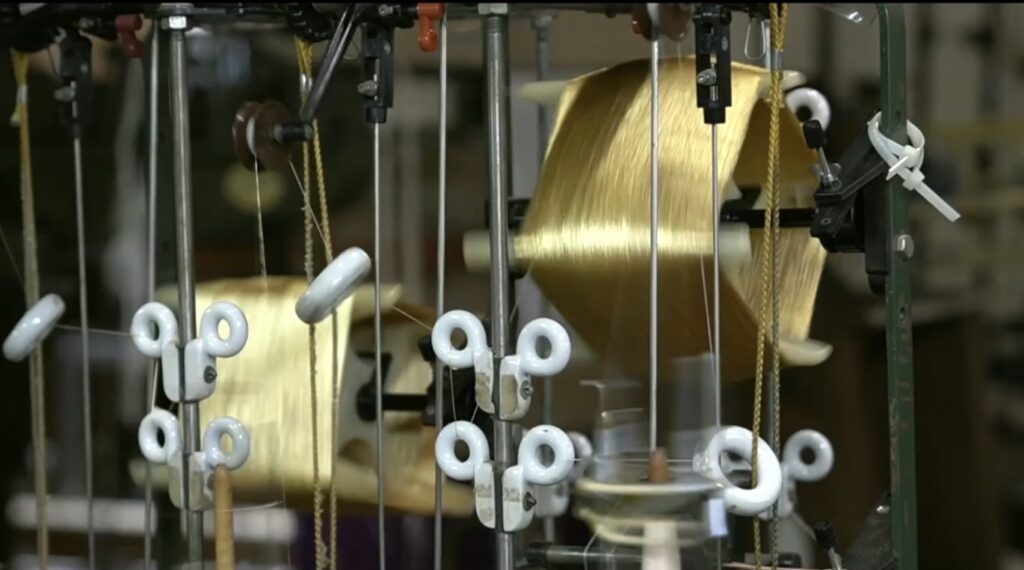
Yarn spinning process
The warp and weft yarns are wound to make the fabric easier to weave. In the past, this was done by hands, but it is done by machine today.
Organizing the threads
The warp threads are split into upper and lower sections, and an opening part is made for the weft threads to pass through based on the pattern. This is an important process unique to woven textiles.
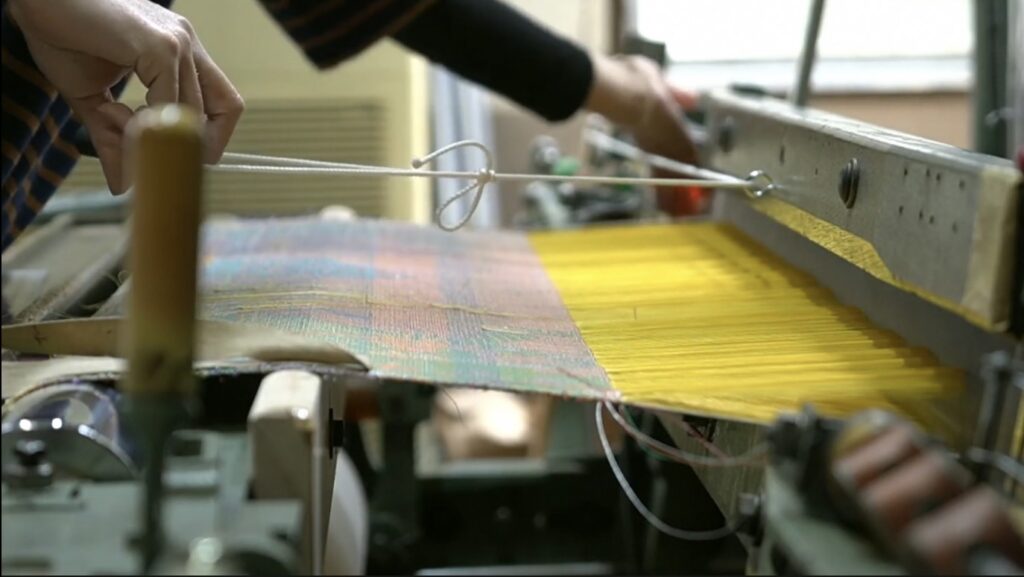
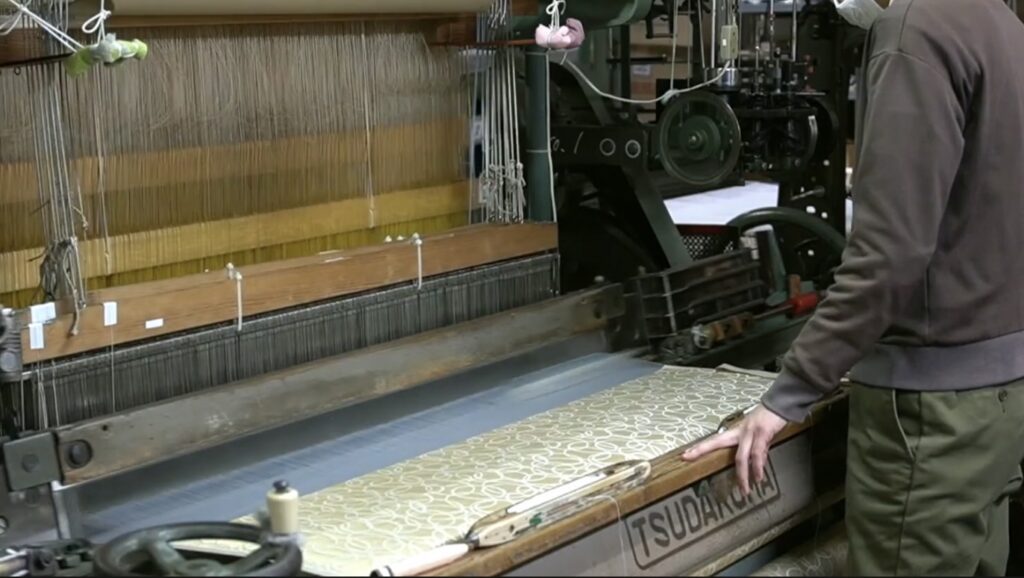
Hand machines, juggernaut machines, etc.
Delicate items such as gold brocade are still woven by hand, but the majority of weaving is done by machine today.
You can watch the Nishijin Ori production process on YouTube!
Nishijin Ori supports Traditional Japanese Clothing
Nishijin Ori refers to silk fabrics produced in the northwestern part of Kyoto-city. The name “Nishijin Ori” has been established because the area northwest of Kyoto is called Nishijin, and only fabrics produced by weavers who is named in Nishijin Ori union can call themselves Nishijin Ori. The greatest characteristic of Nishijin Ori is the resilience of the fabric. By dyeing the fabric in advance, it is more durable than the usual post-dyeing process, and wrinkle-resistant fabric can be produced. Kimonos and its belt (So called Obi/帯) with inserted gold and silver threads are now an indispensable part of traditional Japanese clothing that symbolizes Japan. Today, there are a total of 12 varieties of Nishijin Ori that are designated as traditional crafts. The Nishijin patterns, which cannot be reproduced even by machine, show the absolute confidence of craftsmen, and they are able to produce shimmering designs and even those that are reminiscent of the wabi-sabi.
Nishijin Ori with a History of more than 1200 Years
The origins of Nishijin Ori can be traced back to the 5th-6th centuries. It is said that the present-day Nishijin textile industry was born when immigrants from the continent settled in Kyoto and introduced silkworms and silk weaving techniques. During the Heian period (794-1185), weaving began to spread as a state-operated profession for producing high-grade silk fabrics, and a town called “Oribe-cho” was established in the area that is now Kamigyo-ku, where artisans gathered to produce twill, brocade, and other high-grade fabrics. However, during the Muromachi period (1336-1573), the Onin War (応仁の乱) broke out in Kyoto, and many craftsmen moved their residences, driving Osha-machi, where the silk weaving industry was thriving at the time, to the brink of collapse. Later, when the war subsided, the evacuated craftsmen returned to the area where the western army was encamped and resumed their weaving business. At this time, the name Nishijin was born (Nishijin/西陣 means Western Army’s Camp), and Nishijin Ori made in the area developed into one of Japan’s leading textile brands.
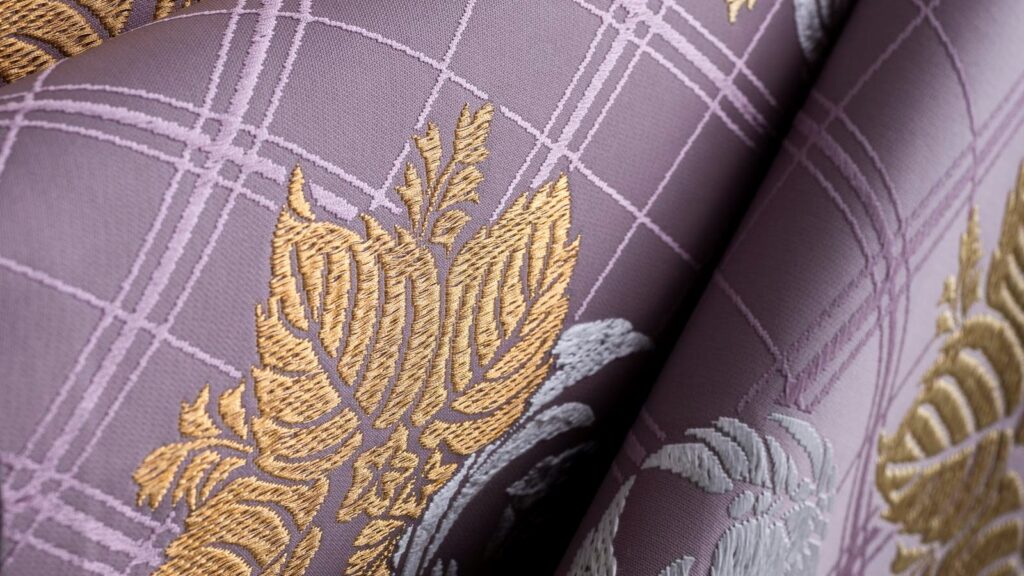
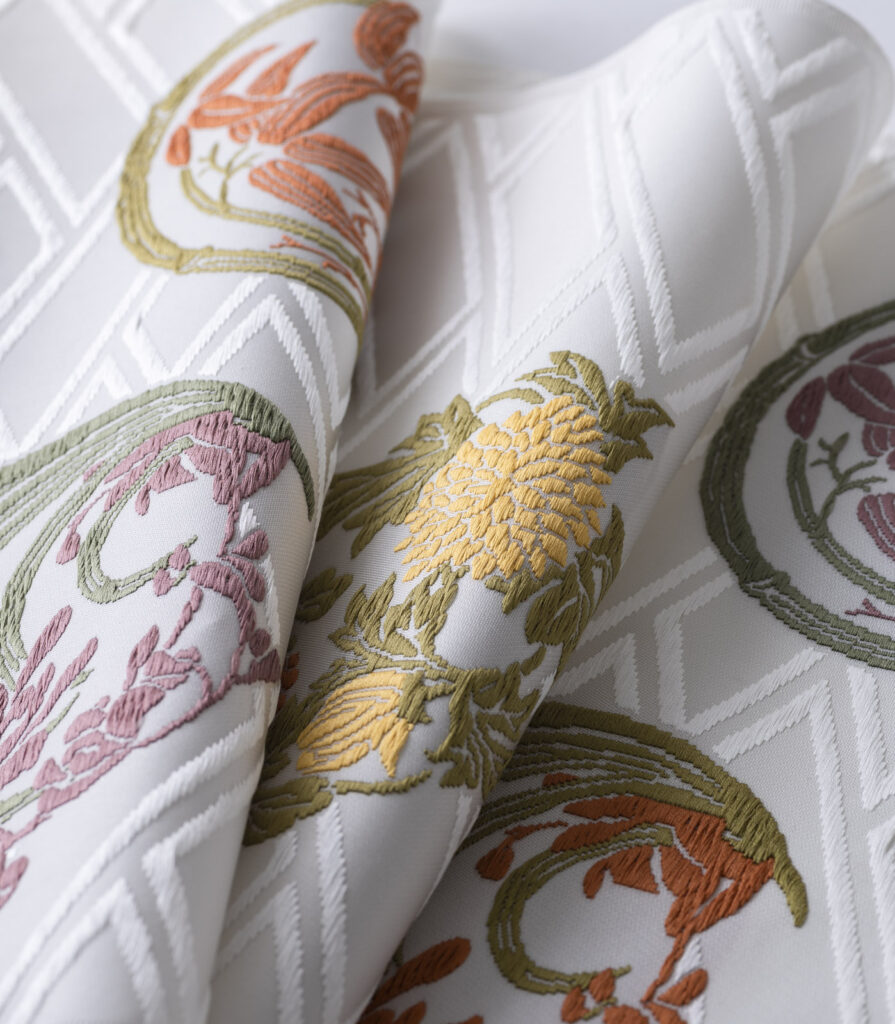
Nishijin Ori and Luxury Boutique
A lot of new techniques were introduced to Nishijin textiles as the mechanization of manufacturing progressed. Nishijin textiles were previously used in the standard Japanese clothing products such as kimono or obi. However, Nishijin textiles are now also used in the new products such as neckties, wallets, and phone cases in accordance with the changes in the market needs, offering the beauty of traditional Japanese craftsmanship to the customers. Nishijin textiles are connecting with various products and changing in this way. The beauty of Nishijin textiles is attracting the worldwide attention for its practicality and elegant appearance. In fact, the world-famous fashion brand used Nishijin textiles as sofa upholstery and wallpaper in their store interiors. There have been constant orders from the well-known global brands. The beauty of Nishijin textiles is attracting not only consumers but also famous international designers.
Nishijin textiles, which has a history of over 1,200 years has been accepted not only in Japan but also in many other countries around the world. The delicate designs and quality produced by the craftsmen are receiving strong reputation. Why don’t you find your favorites Nishijin textile products and take them into a part of your daily life?
-1-4-1024x683.jpg)
-2-1024x683.jpg)
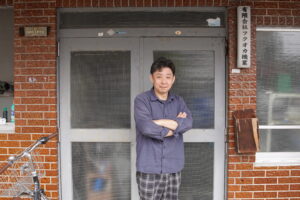
Suigenkyo Online Store
We offer a wide range of products including tableware, accessories, and interior design.
Suigenkyo YouTube
You can see the making process of the products listed on Suigenkyo Online Store.
